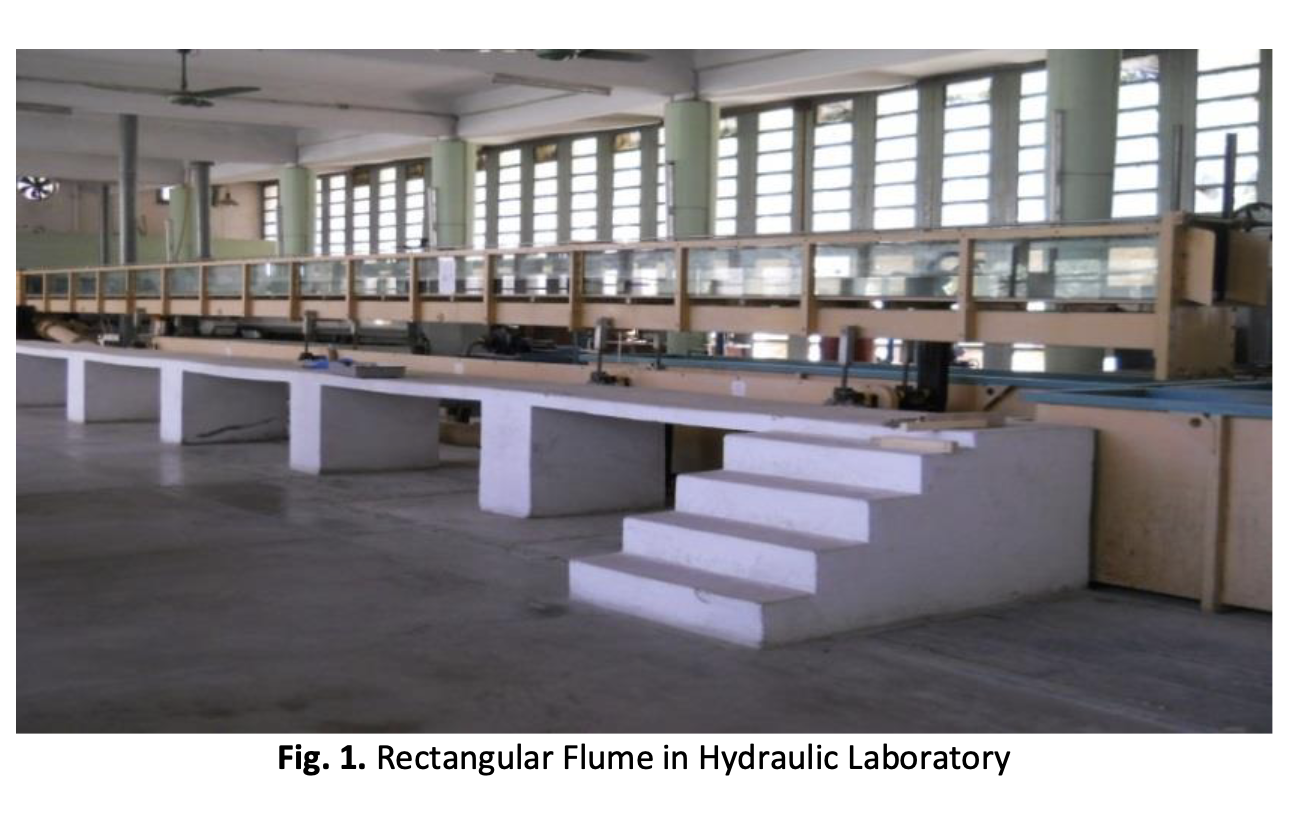Experimental and HEC-RAS Modelling of Bridge Pier Scouring
Keywords:
ArcGIS, bridge pier, experimental analysis, HEC-RAS, scouringAbstract
A bridge is a vital component of the transportation system and its piers and abutments need to be properly designed for scouring to avoid its damage. The optimal design of the bridge for scouring needs proper scouring analysis using the experimental approach as well as modelling. Without having research based knowledge of such analysis, it becomes extremely difficult to accurately predict the scouring effects ultimately leading to severe pier damages. This research work is focused on the scouring analysis for a bridge located on Kabul River near Peshawar, Pakistan. The analysis was carried out experimentally, and the results were compared with those obtained from the Hydraulic Engineering Centre, River Analysis Simulation (HEC-RAS) modelling. Although the actual pier shape was circular and for the sake of comparison, an analysis was carried out both for circular and square piers. The data for modelling was collected using Geographic Information System (Arc GIS) and was then used in hydraulic modelling software. In experimental analysis, a total of 10 numbers of experiments were performed using varying discharges and depths of flow. Upstream scour depth results were then compared with hydraulic modelling results. Results showed that square piers result in more scour depth as compared to circular piers. The same trend was observed for scour hole dimensions. A comparison of experimental results with hydraulic software (HEC-RAS) revealed that the later gave slightly larger scour depth values under similar conditions. But this difference was decreasing with the increase in discharge.
Downloads





























